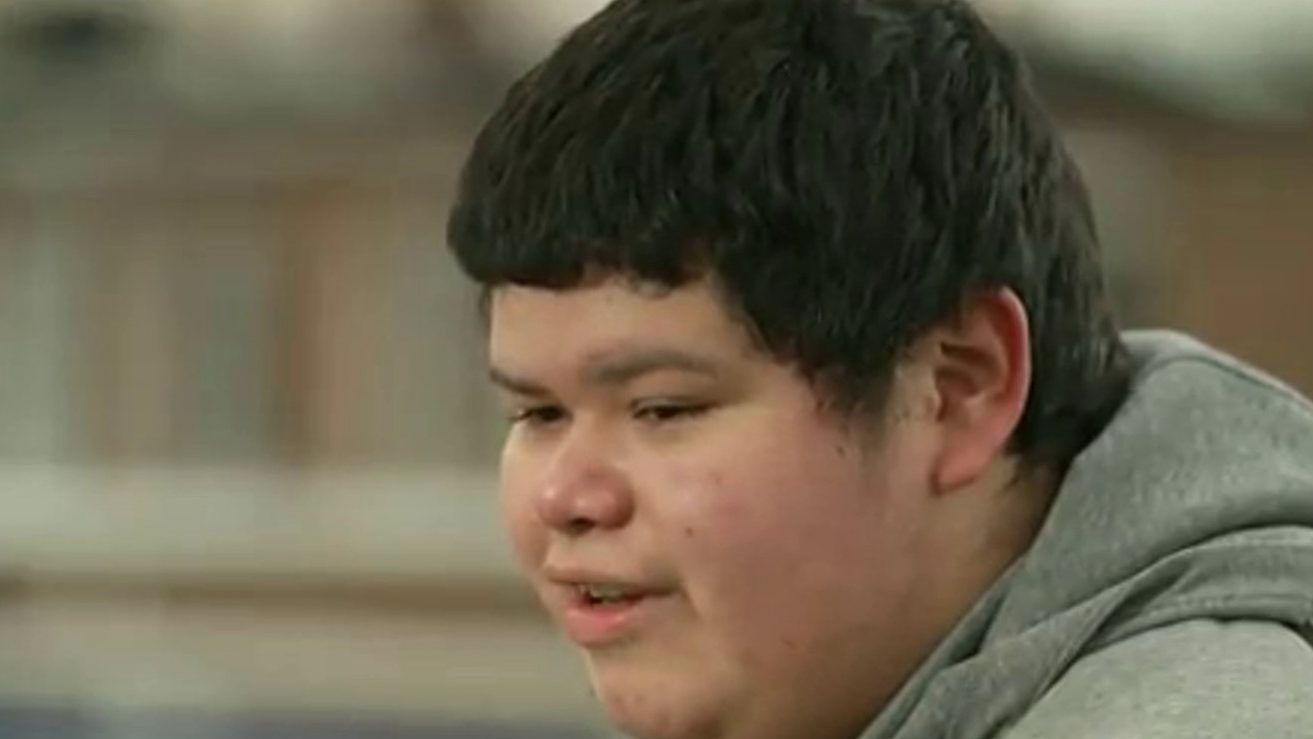At present, the spread of COVID-19 in the United States has accelerated. On December 12, local time, the cumulative number of confirmed cases of COVID-19 in the United States exceeded 16 million.
After the cumulative number of confirmed cases in the United States exceeded 10 million in early November, the average weekly increase in cases was more than one million. Entering December, the time for the new million confirmed cases is getting shorter and shorter.
Only four days! Millions of new confirmed cases in the United States
According to statistics from Johns Hopkins University in the United States, on January 21, the United States reported the first confirmed case of COVID-19. By April 28, the cumulative number of confirmed cases in the United States exceeded 1 million – from 10,000 to 1 million, which took 99 days.
Since then, every additional 1 million confirmed cases in the United States has been getting shorter and shorter, especially after the number of confirmed cases in the United States exceeded 10 million in early November, the number of cases will increase by 1 million in about a week. On December 3rd, local time, it took five days to exceed 14 million confirmed cases in the United States.
December 8, it took five days to exceed 15 million confirmed cases in the United States, and only took four days to exceed 16 million confirmed cases in the United States, the fastest growth rate since the outbreak. At present, the United States is still the country with the worst epidemic, with the highest cumulative number of confirmed cases and deaths in the world.
Unemployment caused by the epidemic, families in need are at risk of expulsion.
More and more Americans are losing their jobs due to the worsening COVID-19 epidemic. Many families face hunger due to the loss of their financial resources and are at risk of eviction because they cannot pay rent.
More than 50 million people in the U.S. are under threat of hunger in 2020, an increase of about 15 million from the pre-pandemic, according to Feeding America, a relief group.
Kimberly’s family, 17, is almost on the verge of collapse. Parents lost their jobs due to the epidemic, and the whole family lost their financial resources. The family had to claim relief food to live. Because they could not pay the rent for two months, they were also at risk of expulsion.
Kimberly: It’s scary to think that we will lose this comfortable place. I’ve been worried, but I have to go through every day bravely.
Kimberly’s 16-year-old brother José is also worried about whether their family can keep their shelter. In order to survive his family, he had to work part-time in a food relief organization.

José: You can see the despair on people’s faces. What should we do? If we are evicted from our house, where can we go?
Although Kimberly recently got a college admission notice, she was confused about whether to pursue her college dream or give up studying for the sake of her family to earn money.
Looking at the huge pressure on her parents, Kimberly also suffered greatly, and there are millions of children from her family in the United States. These children are experiencing the trauma caused by the epidemic.
U.S. media survey: About 63% of Americans are almost “moonlight”
According to a recent survey of about 2,000 American adults released by the U.S. Consumer News and Business Channel, about 63% of the respondents said that since the outbreak of the novel coronavirus in the United States, monthly spending has exhausted almost all of their salaries. However, the problem did not appear after the outbreak of the epidemic.
According to the survey, 53% of the respondents said that they could not live on salaries before the epidemic.
Analysis by American experts: The United States may experience “the most difficult winter in history”
Data recently released by the University of Michigan in the United States shows that the initial value of the U.S. consumer confidence index unexpectedly recovered in December.
Some American economists pointed out that the latest data may reflect the expectations of American consumers for the coronavirus vaccine, but because the U.S. epidemic continues to worsen, it is difficult for the vaccine to show results in the short term and a new round of thorns.
If the radical measures cannot be put in place, the future trend of the economic data of the United States can only be “looked and see”. And this year, the United States may experience “the most difficult winter in history”.
The analysis said that the recovery of consumer confidence may reflect optimistic expectations for the progress of the vaccine, which is expected to lead to the loosening of epidemic prevention measures and the return of normal life.
But even so, the epidemic is still spreading in the United States, the number of new confirmed cases and deaths is hitting a new high, the vaccine is difficult to produce significant results in at least the short term, and Congress is still deadlocked on a new round of relief measures, which constitute negative factors.
David Branch Frauer, Professor of Economics at the University of Dartmouth in the United States: In the current economic data, it is more or less a signal and a “noise”. If everything will get worse, it can only be said that some data are lagging behind.
Let’s continue to wait and see. The number of first-time jobless claims this week is rising. . In many ways, this may be the most difficult winter of our lives.



